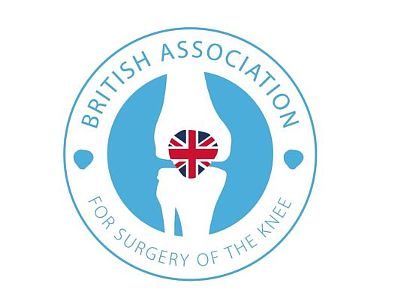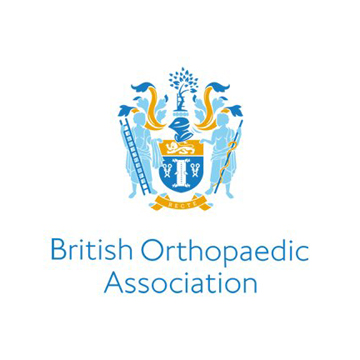Total Hip Replacement
Professor Prakash is an Orthopaedic Surgeon in Birmingham
Total Hip Replacement in Birmingham
Professor Prakash specialises predominantly in knee and hip joint surgery especially for young adults (age 20-65). He routinely performs surgery related to sports injuries and arthritis and one of his key focuses is on Total Hip Replacement.

Symptoms
Hip osteoarthritis symptoms may include:
Joint stiffness after sitting for a long time
Joint stiffness as you are getting out of bed
Pain or tenderness in the hip joint
A feeling or sound of “crunching” or “grinding” of bone rubbing against bone
Inability to move the hip to perform activities of daily living for example putting on socks and shoes
Treatment
Total Hip replacement
Total Hip Replacement
A total hip replacement is surgery to replace the diseased cartilage and bone of the hip joint with artificial materials. It involves removal of the diseased ball and socket, while preserving as much soft tissue structures (joint capsule and ligaments) as possible.
Broadly speaking there are two types of hip replacements: one where the prosthesis is fixed to the bone with cement and, two, where no cement is used to fix the prosthesis. In the latter, the prosthesis is lined with special material into which the bone grows and provides stability to the artificial joint.
The surgery may be performed under spinal or general anaesthesia and the patient may be kept either on the back or the side during surgery. There are different approaches to the hip joint, which is the deepest in the body.
Once the surgeon reaches the joint, the capsule is opened and the joint dislocated first before the damaged ball is removed. The socket in the pelvis and the canal of the thigh bone are prepared to accept the prosthesis.
The actual ball and socket of the prosthesis are made of different materials. In the 1960s, a metal ball and a plastic socket were used. Since then there have been many advancements. Now the ball may be made of metal or ceramic, while the socket could be of HDPE (plastic), metal or ceramic. Of these, ceramic ball in a ceramic socket seems to have the least amount of friction and is the hardest wearing material.
Mr Prakash’s approach: I prefer to use the uncemented prosthesis as, in my opinion, this preserves greater bone stock of patients. Should a situation arise where the replaced hip needs to be taken out and revised, less bone is expected to be lost than when the prosthesis is cemented.
Because of the hard-wearing quality of ceramic-on-ceramic articulation, this is my preferred choice of bearing surface. I always had some reservations about metal-on-metal articulation and, therefore, have avoided using them. My concerns seem to have been well-founded as adverse effects of it have now been flagged up world-wide. For further information, please use this link.




